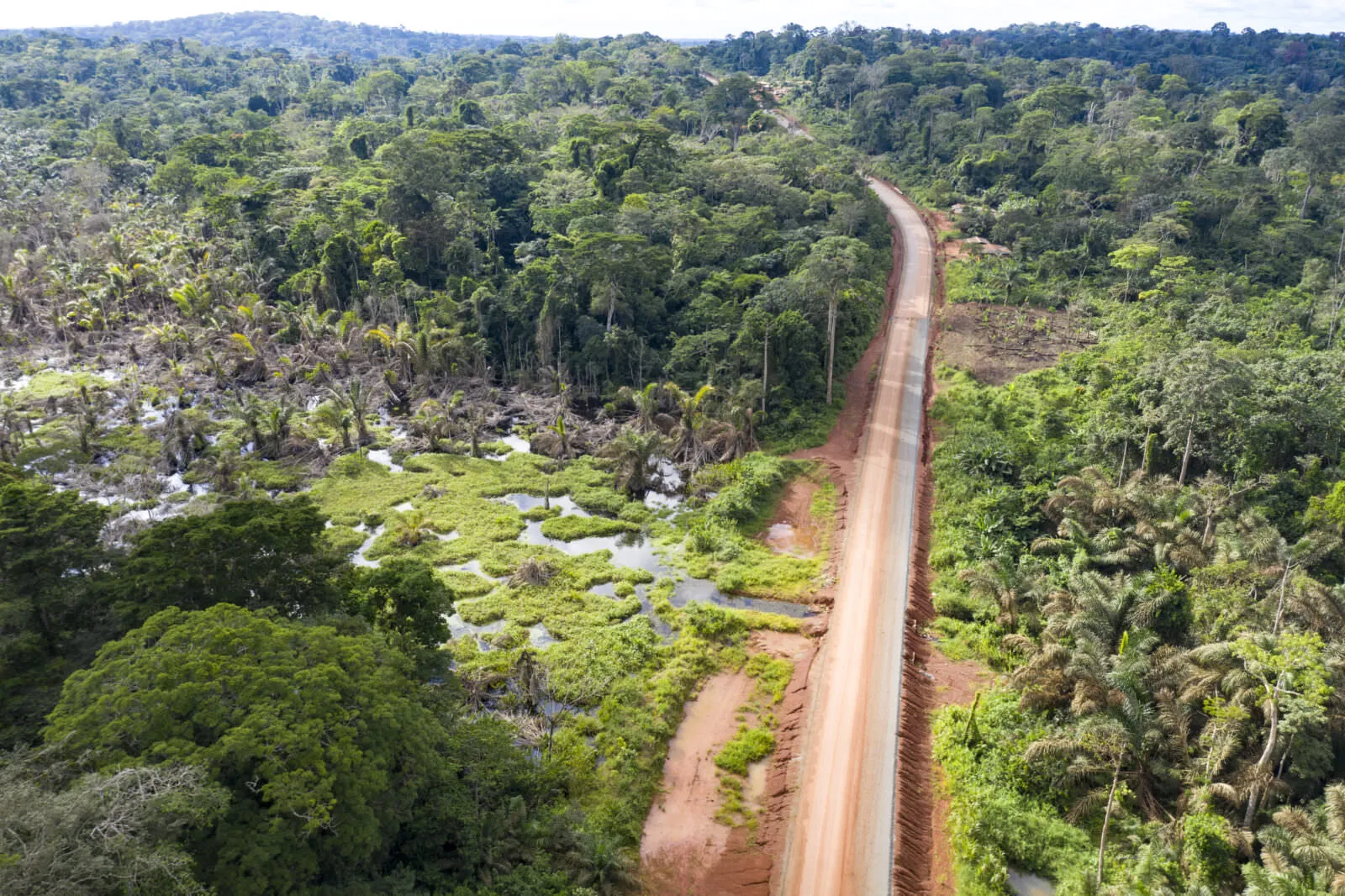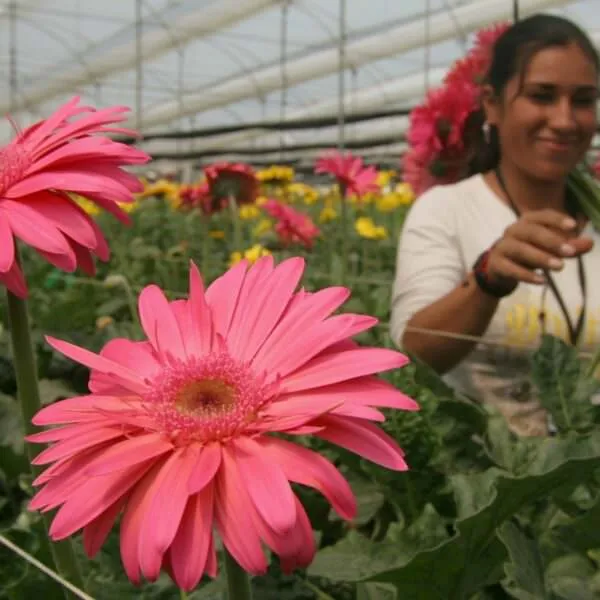In 2019, the Rainforest Alliance co-led the development of the Accountability Framework, in partnership with a Coalition of other leading social and environmental organizations. Five years on, the Framework has played a key role in guiding the transition to more responsible supply chains. Specifically, it has supported companies and others to adopt effective and aligned strategies to eliminate deforestation, ecosystem conversion, and human rights abuses linked to food, agriculture, and forest products.

The Rainforest Alliance has been working to drive systemic change in these very same areas for more than 35 years, through both certification and landscape programs. Here, Accountability Framework initiative Director Jeff Milder, explains how the Accountability Framework complements the Rainforest Alliance’s Certification Program — and how companies can use these two systems together to meet their sustainability goals and mitigate risk.
Jeff, how do the Rainforest Alliance Certification Program and the Accountability Framework complement each other?
Rainforest Alliance certification is a great way for farmers and companies to demonstrate that a particular farm or product complies with high standards of social and environmental responsibility. Certification can also demonstrate that there are mechanisms in place to drive continuous improvement at every step of the sustainability journey.
The Accountability Framework complements certification by helping companies to address the same issues at a business-wide level. Let’s put it this way: many companies have a certain amount of certified volume in their supply chains. But to really move the needle on urgent global challenges, such as deforestation, ecosystem conversion, and human rights abuses, companies need to address these issues across their whole businesses. This should include their non-certified volumes and commodities for which certification does not exist.
Are there some specific benefits you’ve seen for companies using both tools?
Absolutely. Companies need to be able to credibly explain what they’re doing to address deforestation, climate change, and human rights abuses. And these actions cannot be peripheral—they need to be integrated into how their whole business runs. So, even if a company is using certification, it still has broader needs, such as establishing company-wide policies, reporting on progress, and gathering impact data to back up its commitments. This is where the Accountability Framework can help them, as it lays all of this out in clear detail across seven action areas. Most companies also use a variety of resources to achieve their goals, and the Accountability Framework is an umbrella that helps them stitch all of that together in a coherent way. In addition to using certification, they might be using monitoring systems like Global Forest Watch, or they might participate in landscape and jurisdictional initiatives.
By following the Framework, a company can take a holistic lens to planning and implementing its responsible sourcing approach. It will then be better placed to identify specific tools, including certification, as part of the solution that contributes to that whole.
How did the Rainforest Alliance’s experience of developing its certification program specifically support the development of the Accountability Framework?
One thing that makes Rainforest Alliance certification such a compelling tool is that it helps companies and consumers make better choices about the crops they source or the products they buy. And by “better choices,” I mean clear and informed choices where everyone involved in the supply chain—from farmers to companies and consumers—understands what it means for a product or ingredient to be produced more sustainably, and the impact that this has for people and nature.
We brought that same logic into the Accountability Framework, by developing a set of common principles and guidance for companies to follow and apply to their management systems at a business-to-business level. Where certification goes beyond this is that it also offers the additional consumer-facing recognition at the level of specific products or product volumes. Certification and the Accountability Framework play complementary roles in that regard.
While there is a lot of joined-up thinking between certification schemes and the Accountability Framework, to what extent do you think there is a danger of perceived “initiative fatigue” among some stakeholders, and how can this be countered?
When we started out, companies saw the value in the Accountability Framework but wanted make sure that it would not turn into “one more thing” that they had to deal with or comply with. The way we addressed this was to position the Accountability Framework as “umbrella” roadmap for responsible supply chains that fosters alignment and consistency among a wide range of other standards, guidelines, industry requirements, and metrics. Examples include commodity sourcing guidelines of the Consumer Goods Forum, monitoring systems such as Global Forest Watch, and reporting and assessment initiatives, like WWF’s palm oil scorecard or CDP Forests. This alignment enables companies to use a variety of fit-for-purpose tools to fulfil an overall responsible supply chain strategy guided by the Accountability Framework.
Another interesting way in which our initiative has counteracted “initiative fatigue” is by providing a common starting point for industry groups and multi-stakeholder processes developing sustainability programs for specific sectors or contexts.
For example, before the Accountability Framework existed, an industry group might spend a year deliberating definitions and basic principles for what their members were expected to do. Since the Framework has been published, we’ve seen a lot of different groups—such as the UK Roundtable on Sustainable Soya or the Global Platform for Sustainable Natural Rubber—realize that there are already well-accepted references for the issues they need to engage on and that they can use these as a starting point, perhaps adding a little bit more sector-relevant detail for their members. Bottom line: they don’t have to reinvent the wheel and can more quickly focus on the issues at hand.
What are some first steps that companies can take if they are interested in applying the Accountability Framework?
This page of the Accountability Framework initiative website guides companies on how to use the Framework to pursue seven key action areas for responsible supply chains. The initiative also provides several tools and guides for companies to apply the framework in a structured way. For instance, the self-assessment tool guides companies in carrying out a systematic benchmarking of their existing policies and practices relative to the Accountability Framework. This is a great way for companies to understand key priorities for meeting market and stakeholder expectations for responsible supply chains.
If you would like individualized support in using the Accountability Framework in the context of your company’s supply chains, get in touch with the Accountability Framework initiative team.




